There’s been a lot about laneway houses in the media over the last couple of years. Loosely defined, it’s a legal way of plonking down a small house in your backyard, and depending on your point of view, either exploiting or helping to ease the current rental squeeze.
Laneway houses have to be under 1,000 square feet. The fact that this seems small is ironic when you think about it. “In 1945, the average size of a Canadian home was 800 sq. ft. and typically housed a family of four or more. Today an average British Columbian home easily surpasses 2000 sq. ft and is providing shelter to 2.5 individuals.”[1]
What I didn’t know until recently, is that Vancouver has always had laneway houses, we just didn’t see the value in keeping them.
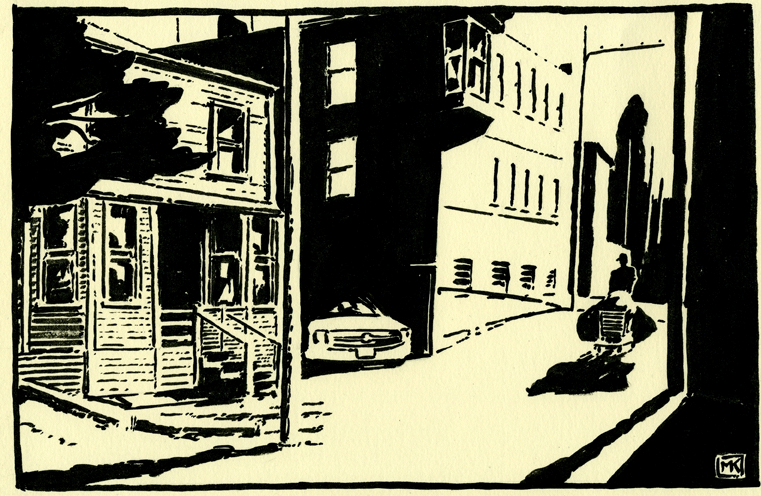
One laneway house has managed to survive at York and Yew in Kitsilano since 1908. It’s behind the Suffolk apartment building at 1540 Yew Street, which I must have walked by dozens of times and never noticed the duplex in the lane. Its continued existence is precarious, as the owner plans to either sell or develop the property. Currently, the eight rental apartments at the Suffolk are one-bedroom units, and the duplex at 2181 and 2183 York Street are two bedrooms. One tenant has lived there for over 40 years. Neither of the buildings are on the heritage register.
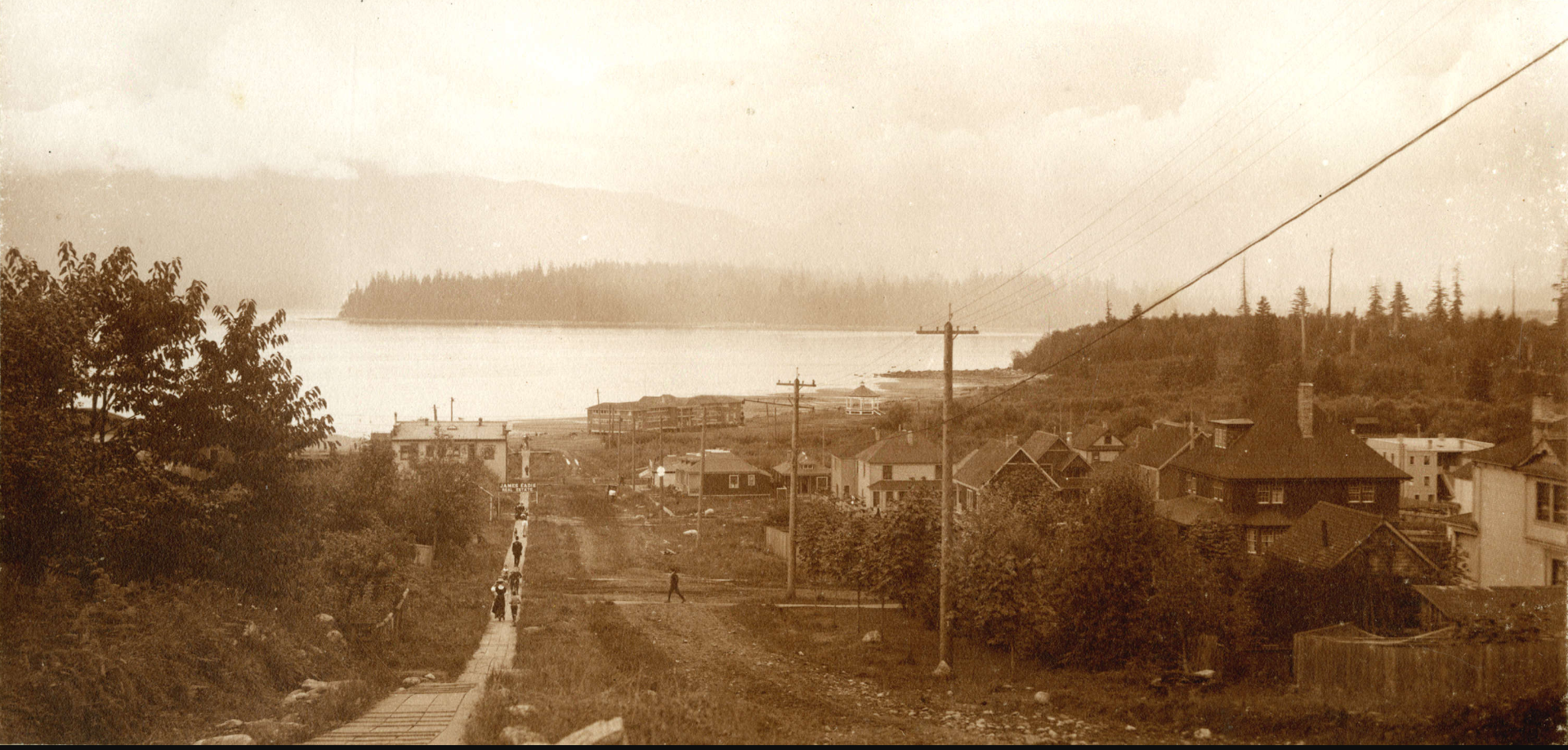
Looking at old aerial photos, there were three BC Mills prefab cottages along Yew Street, two more facing the lane, and three other laneway houses besides the existing laneway duplex.
“That Kits Beach lane block was unique,” says Michael Kluckner. “There were several little houses jammed in. I lived in an apartment at Cornwall and Arbutus in 1974 and used to walk the lane often.”

Paul Houle was only four when he and his baby sister and parents moved into the laneway duplex in 1960. He says according to photos he has, little has changed since 1961.
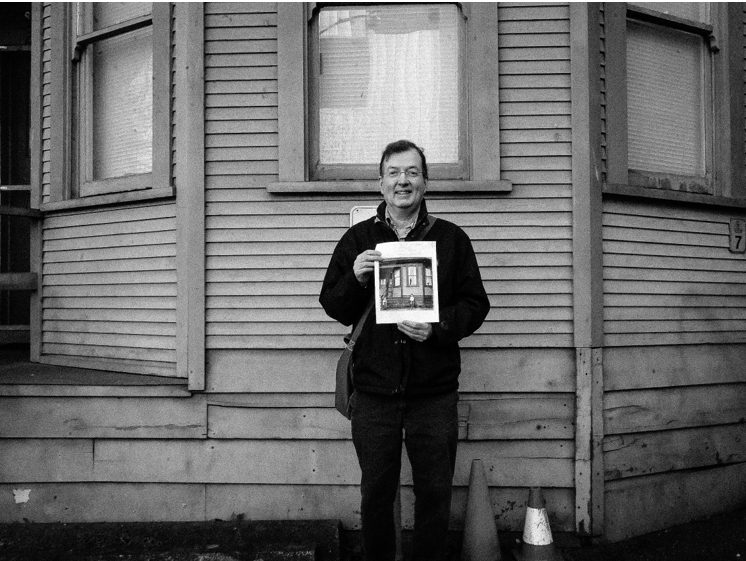
“Both units have the original (1908) iron claw foot tubs in the bathrooms, and the original wainscoting,” he says. “Even the colour on the kitchen wall is the same yellow.”
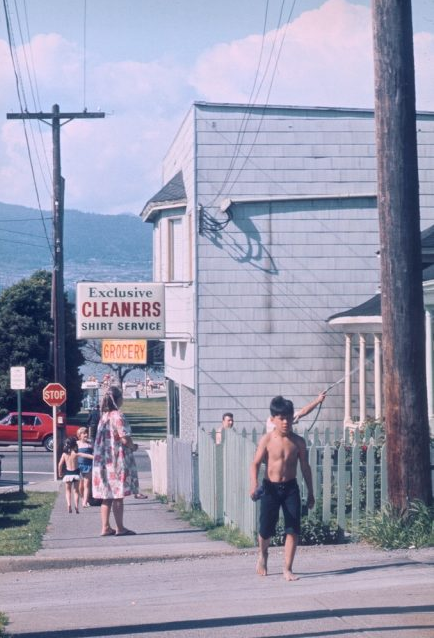
Amazingly, Paul remembers several other houses along the lane, and. And three little BC Mills houses along Yew Street likely demolished in the ‘70s. “I recall as a kid there would have been several houses facing the laneway because I used to play there . There was a grocery store where the Starbucks is now. My mother used to write a note and give me some money for a quart of milk. I would give him the quarter and take it back to my mother.”
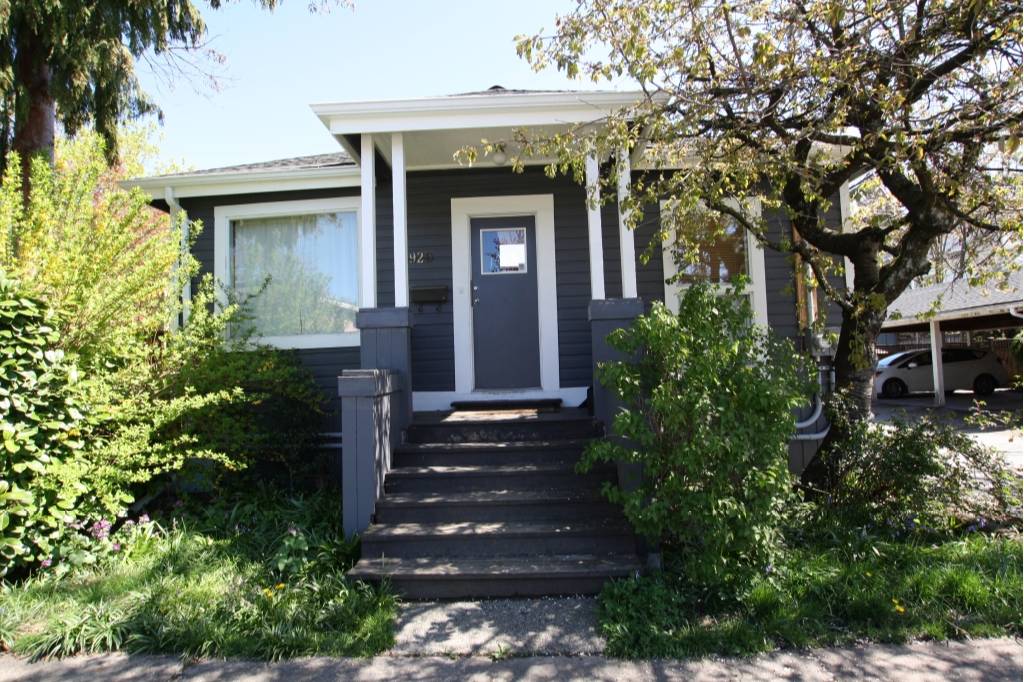
There are still a few of the old laneway houses around. Neville Hogsden found a 1951 aerial photo showing a number of lots with a small house at the rear of the property. Michael Kluckner knows of one at 1829 Parker Street in Grandview and another on 11th in Mount Pleasant. Do you know of any others still standing?
[1] from a BCIT thesis by Rosa Linn, September 2014
With thanks to Paul Houle, Michael Kluckner, Neville Hogden, Jessica Quan and Patrick Gunn for the research.
For more on early Kitsilano see Kits Point and the Summer of ’23
© All rights reserved. Unless otherwise indicated, all blog content copyright Eve Lazarus.


